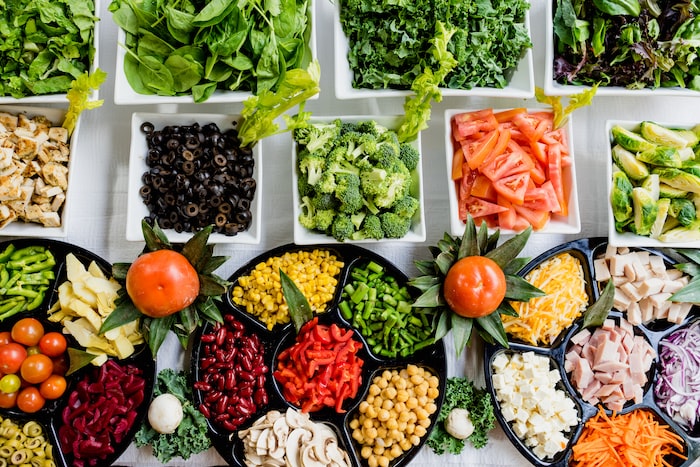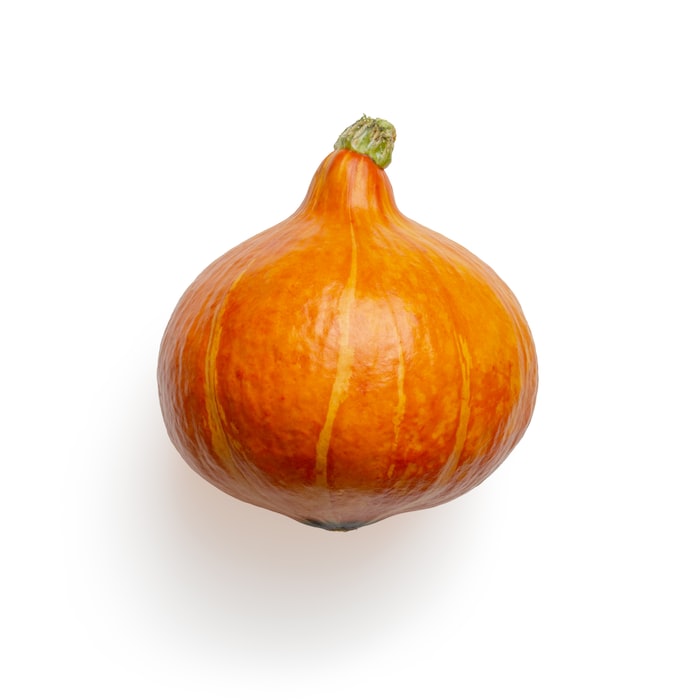There are many types of vegetables that we commonly consume, and they come in different colors, some darker and some lighter. The nutritional content of vegetables varies based on their color.
Vegetables can be divided into dark-colored and light-colored vegetables.
Based on the depth of color, vegetables can be categorized into dark-colored and light-colored vegetables. Generally, dark-colored vegetables contain more nutrients than light-colored vegetables. Dark-colored vegetables have higher levels of carotenoids, riboflavin, and vitamin C compared to light-colored vegetables, and they also contain more phytochemicals.
Benefits of consuming dark-colored vegetables
Dark-colored vegetables refer to deep green, red, orange-red, and purple-red vegetables. They are rich in carotenoids, especially β-carotene, which is the main source of vitamin A for our population. Dark-colored vegetables also contain various pigments such as chlorophyll, lutein, lycopene, anthocyanins, as well as aromatic substances. The rich pigments give vegetables their unique color, flavor, and aroma, stimulate appetite, and exhibit special physiological activities.
Dark-colored vegetables are generally exposed to sunlight for a longer period of time and are mainly leafy vegetables. They have a higher dietary fiber content compared to light-colored vegetables. Regular consumption of dark-colored vegetables helps promote gastrointestinal motility, prevent diseases, and improve overall health.
Common types of dark-colored vegetables
Common dark green vegetables: spinach, Chinese broccoli, celery, water spinach, kale, Chinese chives, etc.
Common red and orange-red vegetables: tomatoes, carrots, pumpkin, red chili peppers, etc.
Common purple-red vegetables: amaranth, purple cabbage, etc.
Recommendation: Dark-colored vegetables should make up at least half of the total vegetable intake
From a nutritional perspective, it is recommended to consume a variety of vegetables, with dark-colored vegetables ideally making up half of the daily vegetable intake. However, it is important not to neglect light-colored vegetables, and it is advisable to choose a diverse range of vegetable varieties to ensure nutritional balance.
During the processing and cooking of vegetables, improper methods can lead to excessive loss of nutrients. Therefore:
1. Vegetables should be washed before cutting.
2. When stir-frying vegetables, use high heat and cook quickly.
3. When making soup, add vegetables to boiling water.
4. Avoid overcooking or overboiling vegetables.












